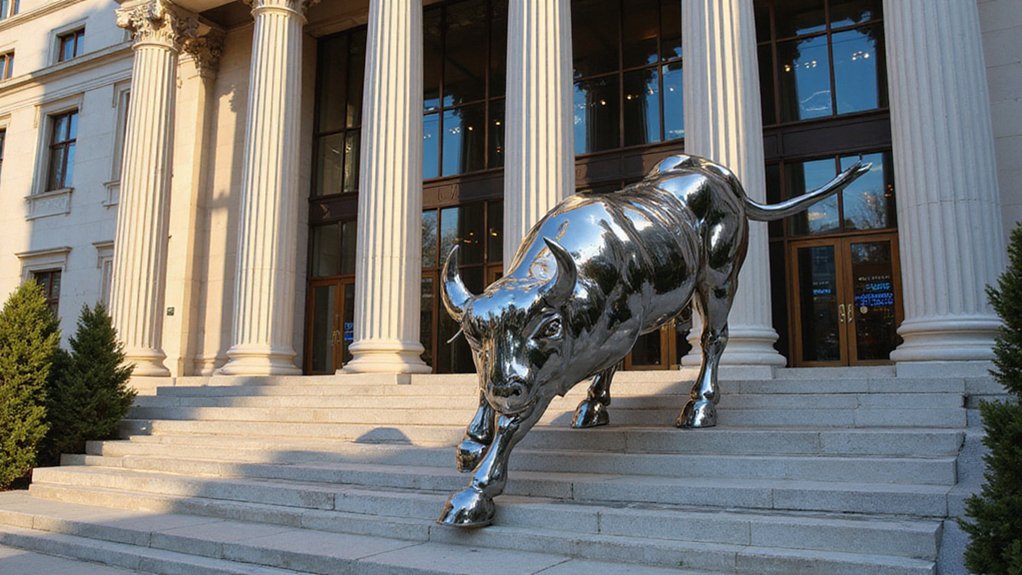While geopolitical tensions have historically wreaked havoc on traditional markets, the cryptocurrency ecosystem‘s latest carnage demonstrates just how brutally efficient modern digital finance can be at destroying wealth. Over $595 million in bullish crypto positions evaporated following U.S. military strikes in Iran, creating a liquidation cascade that would make even seasoned derivatives traders wince.
The crypto carnage following Iranian strikes proved that digital assets can incinerate wealth with ruthless precision.
The sell-off wasn’t merely a case of nervous investors clicking “sell” – it was a systematic demolition of leveraged positions that had been propped up by optimism and margin debt. Bitcoin and Ethereum, those supposedly uncorrelated digital assets that were meant to provide portfolio diversification, plummeted in lockstep with traditional risk assets. So much for the “digital gold” narrative when missiles start flying.
What made this particular rout especially vicious was the domino effect of margin calls and forced liquidations. When crypto prices began sliding, highly leveraged traders found themselves receiving those dreaded margin calls, forcing them to either deposit more collateral or watch their positions get automatically closed. Most chose the latter, whether by design or by depleted bank accounts.
The timing couldn’t have been worse for crypto bulls, who had been riding high on institutional adoption narratives and regulatory optimism. But geopolitical shocks have an uncanny ability to expose just how fragile these risk-on positions really are. The speed of the collapse – measured in minutes rather than hours – highlighted the inherent volatility that makes crypto simultaneously attractive and terrifying. The vulnerability of digital assets to external manipulation was further demonstrated by Coinbase’s recent security breach, where hackers successfully bribed customer support agents to access confidential customer records affecting over 69,000 users.
This wasn’t crypto’s first rodeo with external shocks, nor will it be the last. The market’s vulnerability to sudden geopolitical developments underscores a fundamental truth that many investors prefer to ignore: digital assets, despite their technological sophistication and decentralized architecture, remain deeply susceptible to the same fear-driven selling that has plagued financial markets for centuries. Meanwhile, U.S. authorities continue expanding their enforcement actions, recently seizing cryptocurrency from the BidenCash marketplace that had generated over $17 million in transaction fees.
The $595 million wipeout serves as an expensive reminder that in times of genuine crisis, correlations approach one with remarkable consistency. Whether it’s stocks, bonds, or blockchain-based assets, when investors panic, they tend to sell everything first and ask questions later. The crypto market’s maturation, it seems, includes inheriting all the neuroses of traditional finance. As the industry evolves, next-generation blockchain platforms like Kaanch Network are being designed with ultra-high speed capabilities of 1.4 million transactions per second, potentially offering more resilient infrastructure for future market stress tests.









